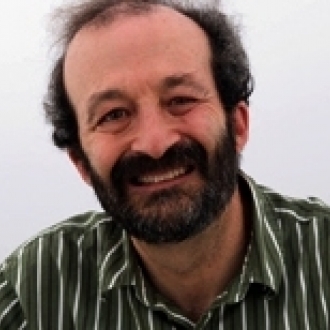Robert S. Berg Professor of Physics

Professor Berg’s research centers on developing new computational tools for use in science education. He collaborates closely with the Lifelong Kindergarten group at the MIT Media Lab, working on the creation of a new generation of "programmable bricks" called Crickets. The LEGO Mindstorms product, which was released in the Fall of 1998 by the LEGO company, was inspired by their group's work. Since 2003 he has worked to develop a commercial version of the Crickets that is now being distributed through The Playful Invention Company. (See www.picocricket.com) With Mitchel Resnick (MIT) and Mike Eisenberg (Colorado), Professor Berg helped develop an NSF-funded project called Beyond Black Boxes, in which children use Crickets to design their own instruments for scientific investigations.
He serves as an advisor for the Playful Invention and Exploration (PIE) Network, in which the Media Lab and museums around the world are finding ways to encourage more creative uses of digital media by blending art, science and technology. With Franklyn Turbak of the Wellesley's computer science department, Professor Berg created a course called Robotic Design Studio, where students use programmable bricks to design, build, and exhibit their robotic creations. In collaboration with faculty from Olin College, he has also developed a new course, Introduction to Engineering, that provides Wellesley students with an opportunity to explore first-hand the way engineers approach problems in the world and serves as bridge to more advanced engineering opportunities at Olin and MIT.
Professor Berg also has a long-standing interest in the optical properties of semiconductors. More recently, he has been working with other Wellesley faculty and students on a project that uses narrow band-width diode lasers to trap and cool rubidium atoms. He has worked with Martina Koniger, and Gary Harris of Wellesley’s Department of Biological Sciences, and a number of Wellesley students to develop an optical technique for monitoring light-induced chloroplast movements in leaves.